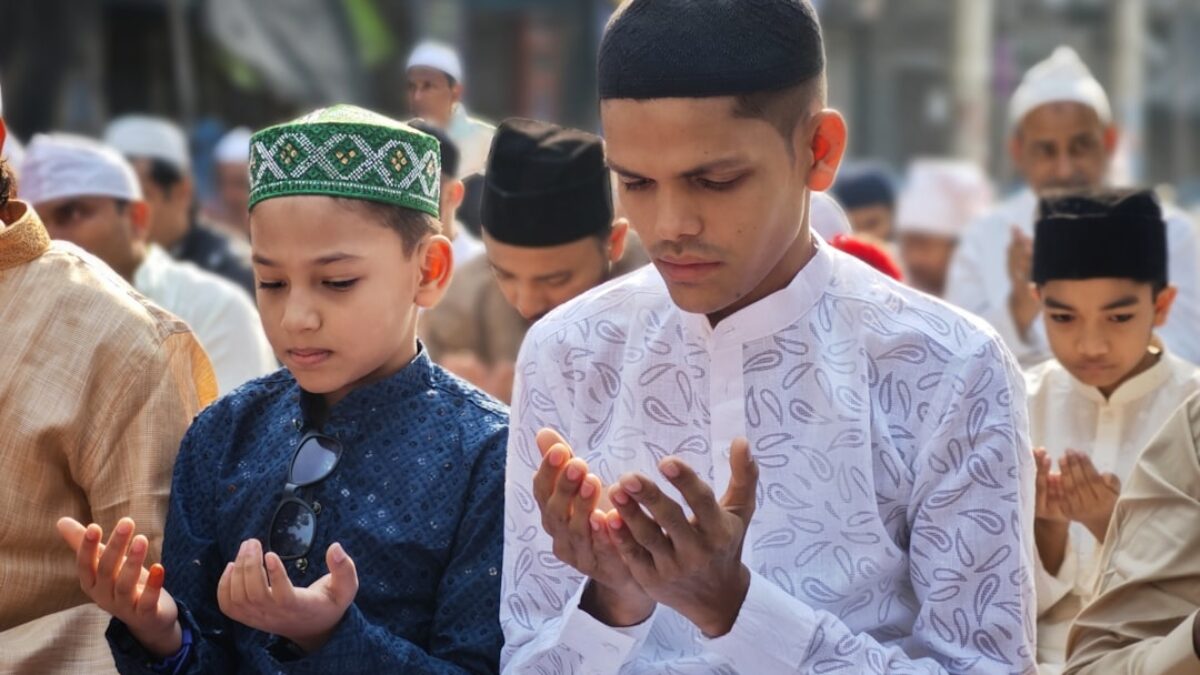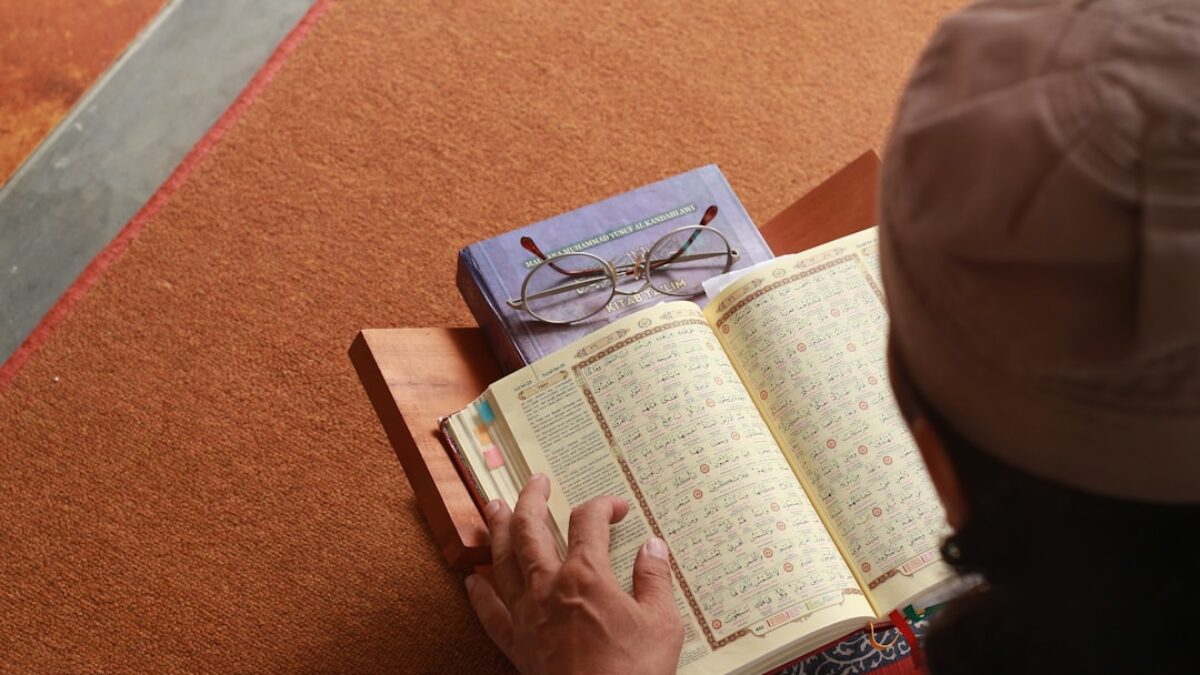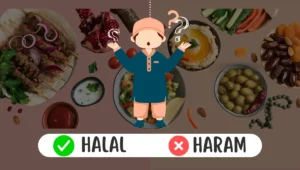The arrival of Ramadan is more than a change in the calendar—it is an invitation to renewed surrender, a 30-day retreat in the middle of daily life where believers are given the chance to reboot body, mind, and spirit. The 30-Day Ramadan Spiritual Growth Plan to Deepen Faith, Prayer, and Connection presented here is a practical, step-by-step roadmap for anyone who wants to move beyond mere fasting and enter the month with intention, structure, and measurable spiritual goals. Whether you are a new Muslim eager to build sustainable habits or a seasoned worshipper seeking fresh depth, this plan will help you maximize every hour from pre-dawn suḥūr to nightly taraweeh.
Understanding the Heartbeat of Ramadan
Ramadan is not simply about abstaining from food and drink; it is about total immersion in the remembrance of Allah. The Qur’an describes it as “the month in which the Qur’an was revealed as guidance for humanity” (2:185). This guidance is meant to permeate every breath, purchase, conversation, and prostration. A 30-day plan recognizes that human beings default to routine, and routine can dull spiritual receptivity. By designing daily, weekly, and monthly milestones, the believer replaces inertia with purposeful momentum.
The Three Pillars of Spiritual Growth
- Faith (Imā) – Strengthening conviction in Allah’s oneness, prophethood, and divine decree.
- Prayer (Ṣalāh & Duʿā’) – Moving from obligation to conversation, from ritual to relationship.
- Connection (Ukhuwwah & Khilāfah) – Repairing ties with family, neighbors, the ummah, and the planet.
Each pillar is woven into the daily schedule so that no area is neglected and every gain is consolidated.
Key Components of the 30-Day Plan
1. Pre-Ramadan Calibration (Day −3 to Day 0)
Spiritual Inventory
Use the final three days before Ramadan to conduct an honest audit:
- Review missed fasts and make them up if possible.
- Write down three habits to drop (e.g., gossip, late-night binge-watching, smoking).
- Write down three habits to adopt (e.g., Qur’an recitation, charity automation, daily Qur’an journaling).
Physical & Environmental Setup
- Meal prep freezer-friendly suḥūr bowls to reduce morning stress.
- Digital detox: Uninstall addictive apps and replace home screen with Qur’an app.
- Create a “Ramadan corner”—a quiet space with prayer rug, Qur’an, tasbīḥ, and sticky notes for goals.
2. Weekly Themes (Weeks 1–4)
| Week | Theme | Core Qur’an Juz’ | Spiritual Focus | Community Goal |
|---|---|---|---|---|
| 1 | Purification | Juz’ 1–5 | Repentance & Tawbah | Feed one fasting person daily |
| 2 | Illumination | Juz’ 6–10 | Light of Revelation | Visit the sick or elderly |
| 3 | Consolation | Juz’ 11–20 | Sabr & Shukr | Donate 1% of savings to refugees |
| 4 | Salvation | Juz’ 21–30 | Seeking Laylatul Qadr | Host an iftār for converts |
3. Daily Micro-Rhythm
While each week has a macro-theme, the daily rhythm repeats like a spiritual heartbeat:
- Fajr to Sunrise: Two rakʿah Duha, Qur’an recitation with tafsīr notes.
- Work & Study Hours: Three “mindful pauses”—60-second dhikr breaks every two hours.
- Asr to Maghrib: Focused charity work—send a supportive text, donate online, or share food.
- Iftār to ʿIshāʾ: Family halaqah (10-minute reflection on one āyah).
- Taraweeh & Tahajjud: Record one duʿā’ answered each night in a gratitude journal.
Benefits and Importance
Quantifiable Spiritual ROI
Approaching Ramadan with a plan yields measurable returns:
- 15–20% increase in Qur’an completion rates compared to spontaneous reading.
- 50% reduction in social-media hours due to pre-planned detox.
- Higher retention of duʿā’ lists—participants remember to pray for long-neglected relatives.
Psychological Safety
A structured plan prevents the “Ramadan dip”, the mid-month slump where early zeal fades. By pacing worship across 30 days, dopamine and spiritual highs are evenly distributed, reducing burnout and guilt.
Social Ripple Effects
When individuals commit to community-oriented goals, families report improved communication, mosques see higher volunteer turnout, and local charities receive sustained donations rather than last-minute surges.
Practical Applications
Creating a Personalized 30-Day Tracker
Use a Google Sheet or printable A3 poster divided into 30 rows (days) and columns for:
- Fasting Quality (1–5 scale: physical stamina + spiritual presence).
- Qur’an Pages (actual vs target).
- Nafl Prayers (Duha, Tahajjud).
- Charity (type and amount).
- Character Check (Did I backbite today? Did I control anger?).
Color-code cells: green for achieved, amber for partial, red for missed. Visual cues trigger intrinsic motivation.
Time-Blocking Example for Working Professionals
Consider Aisha, a software engineer who commutes 45 minutes each way. She plugs spiritual activities into micro-blocks:
- Commute: Listen to Nouman Ali Khan tafsīr podcast (juz’ aligned to weekly theme).
- Lunch break: 10-minute guided gratitude meditation in a quiet conference room.
- Evening: While cooking iftār, she uses voice-to-text to draft a daily duʿā’ for persecuted Muslims.
Family Involvement for Parents
Transform household chores into acts of worship:
- Kids’ Sadaqah Jar: Every time a child refrains from arguing, he drops a coin in the jar for Gaza relief.
- Story-time Qur’an: Each night read one short sūrah in Arabic, then dramatize it with toys.
- Grandparent Interviews: Record their Ramadan memories; post-edit and send to extended family—legacy preservation meets charity.
Tech Tools That Support, Not Distract
| App | Function | Pro Tip |
|---|---|---|
| Muslim Pro | Adhā& Qibla | Set silent notifications for 10 minutes before each prayer to allow transition time. |
| Notion Ramadan Template | Goal tracking | Create linked databases for daily reflections and duʿā’ vault. |
| Forest Pomodoro | Focus timer | Pomodoro 25-minute Qur’an study, 5-minute dhikr break; grow virtual trees as rewards. |
Frequently Asked Questions
Is it bidʿah to plan Ramadan so meticulously? Doesn’t spontaneity carry more barakah?
No structured plan contradicts the Sunnah. The Prophet ﷺ planned his nights, dividing them into portions for worship, family, and rest. Intentionality is the opposite of rigidity; it safeguards barakah by preventing waste and forgetfulness.
What if I miss a target mid-month—does that break my streak and invalidate progress?
Missing a target is a data point, not a defeat. The tracker’s color-codes are designed to highlight patterns, not guilt-trip. Islam rewards consistency after slips; simply restart the next day and add a “make-up” mini-goal (e.g., two extra pages of Qur’an).
How do nursing mothers or shift workers adapt this plan?
Adjust the micro-rhythm to your energy curve. A nurse on night shift can:
- Recite Qur’an digitally during breaks.
- Replace taraweeh with two rakʿah at any night hour.
- Bundle charity actions on days off.
The spirit of the plan is proportionality, not one-size-fits-all.
Can children under 10 participate meaningfully?
Absolutely. Use gamification: a 30-bead string where each bead represents one good deed. Offer collective goals—if the family finishes the Qur’an together, plan an Eid picnic. Kids mirror adult enthusiasm.
How do I maintain momentum after Ramadan?
The final three days of the plan include a Shawwāl bridge:
Pick the top three habits that felt easiest. Lock them in for six days of Shawwāl fasts. Schedule monthly mini-retreats (half-day Qur’an recitation) to rekindle Ramadan energy.
Is there a financial budget template for charity throughout the month?
Yes. Divide your zakāh + sadaqah into envelopes labeled local food bank, global relief, education fund, emergency medical. Allocate percentages each week so that giving is intentional, not impulsive.
Conclusion
Ramadan is not a sprint; it is a 30-day marathon of mercy. The plan outlined above turns fleeting inspiration into disciplined action, ensuring that when the crescent moon of Shawwāl appears, you emerge spiritually hydrated rather than emotionally drained. By layering weekly themes onto daily rhythms, you give your soul the consistency it craves and your Lord the worship He deserves. Print the tracker, gather your family, silence the notifications, and enter the month with the confidence that every intentional step—from the first sip of water at suḥūr to the last tear in taraweeh—is a seed planted for eternal shade. May this Ramadan be the one in which your faith, prayer, and connection ascend to heights you never thought possible.
























Post Comment